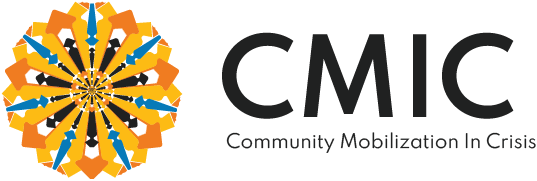Many communities have traditions of working together for the community. People will come together to help someone build a house or a barn or harvest crops, will trade child care among each other, or will collectively organize holiday events. All healthy communities will have practices like this, but often it becomes hard to sustain them when times are very difficult, particularly for a long period of time. At the same time, the contemporary economic system makes it hard to sustain these practices, by encouraging all of us to act as individuals, not together.
The Cherokee, an Indigenous nation from the southern United States who were displaced to the central US, use the word gadugi to talk about working together to meet the community’s needs. The Cherokee Nation, which governs their community resources, developed a program called the Gadugi Corps to help members of the nation and non-members work together to solve local problems under local leadership.
In Palestine, collective work for the benefit of all is called al-ouna. This article, by Aisha Mansour of Dalia Association (introduced in the ABCD object) discusses the Palestinian tradition of Al-Ouna as the opposite of the aid agenda in Palestine today.
In Sudan, this kind of work is called nafir. This video shows members of a Sudanese community working together to harvest peanuts, using songs to keep themselves motivated.
